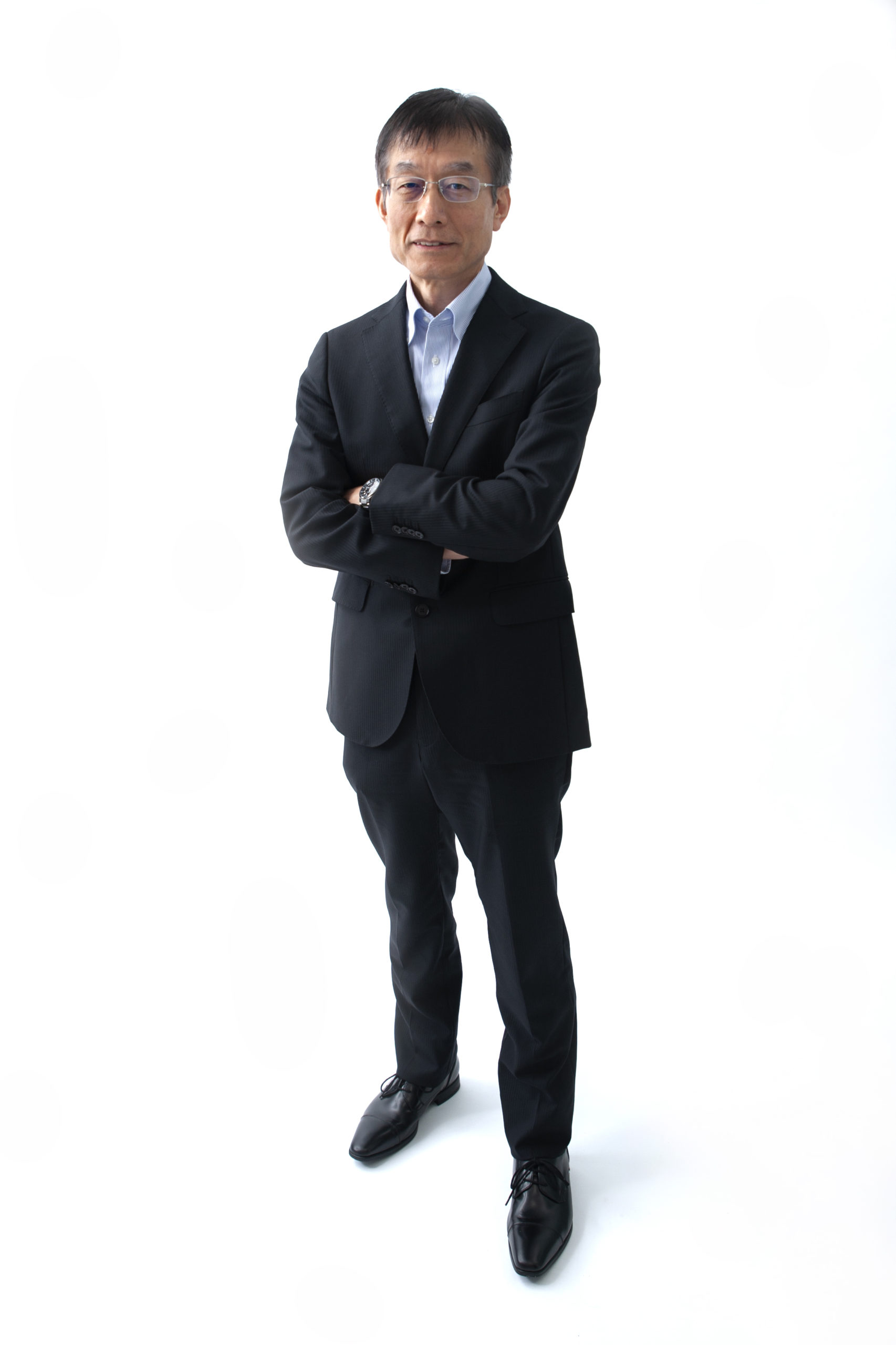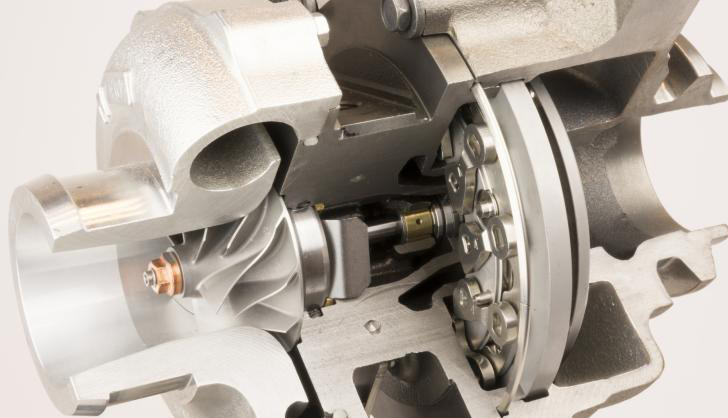Interview with Akira Samata,
The new CEO of MTEE
When did you start your career at MHI?
I started my career at MHI in 1989, more than 30 years ago. This was just after graduating from university in the field of mechanical engineering. I directly joined the engine division’s R&D department in Sagamihara where I was involved in the development of new small diesel engines. These were 1-to-2 litre industrial use series engines. In 2002, 13 years later, I transferred to the turbocharger division in Sagamihara. These were the years when turbocharging really started to take off, so they needed engineers in this area. In the engine division, I had been deeply involved in research, but in the turbo division I moved more into management. Developing new products cannot be done through R&D alone: in order to become a success it requires the combination of many different stakeholders, such as customers, suppliers, production, quality, etc. It became my new focus to connect all the right people involved in new developments. In 2007, I came to MTEE as one of the managers of engineering and spent three years here. And last year, I returned again to MTEE to replace Kenji Mori-san as CEO of the company.
Where in Japan did you grow up?
I grew up in the city of Tomioka in the Gunma prefecture. The area is located approximately 100 km north of Tokyo. It’s a rural area mainly known for a famous old silk mill. It was constructed around 150 years ago and was the first silk mill in Japan to be based on European technology. Many French engineers came to the area at that time. Today it is a UNESCO World Heritage Site. When I was a child, there were many mulberry fields, which provide the leaves that silk worms feed on. My family was operating a very small factory in the town, making automotive parts. I liked to stay in the factory and see the machines moving. I think this is what initially inspired me towards the direction of mechanical engineering.
Which one of MHI’s turbocharger developments have, in your opinion, been the most groundbreaking?
From my own experience, the first VG turbocharger project for BMW M47 was the most groundbreaking. This was the first VG turbocharger for a European customer. At that time it had a lot of new features, such as an electric actuator. This was a very difficult project in many ways. Technically, it was a new VG system used, so for us it was a new technology. But the adaption required for the European market was also a challenge. The expectations from the European customers were very different compared to Japanese customers. It involved many kinds of specifications and control documents as well as supplier control. But the project was successful and became one of the important stepping stones for expanding the business in Europe.
Why did you accept the challenge of managing an overseas company?
Personally, this was a very good opportunity for me, and a new challenge. Previously I had managed the engineering side of the turbocharger business, but managing the whole company and doing it in a foreign country is a completely new challenge. Our business is technology driven so the knowledge and experience I have built up through my career can be applied. I can contribute to making this company better and to move it forward. Additionally, I have experience of staying here – three years before – so I know how the life is in the Netherlands, and I knew that I liked the working environment at MTEE. This made my decision much easier.
How do you find life in the Netherlands?
People are very kind here and life is very convenient. Transportation runs very smoothly here and things like food and drink are very cheap compared to Japan, and there’s a wide selection. The only things I might possibly miss are some mountains and more daylight hours in the winter months.
What are your plans for MTEE in the future?
Our turbocharger business faces a lot of uncertainty at the moment. The China-US trade war, Brexit, Dieselgate, and the uncertain direction of the electrification of vehicles, all create uncertainty for the future. As for electrification, there are so many discussions and points of view regarding the variation of the powertrain and how much percentage for each – EV, hybrid, mild hybrid, Plug-in hybrid, ICE, etc. It all makes for many possible combinations. This means we need to be flexible and we need to adapt ourselves to fit to the situation. We need to prepare well for this. Our company must be prepared for the future and develop new products fit for the future market. This transition should mainly be technology driven. In order to achieve this, I want our company to become more robust and sustainable. This way we can face any challenge that lies ahead of us.





